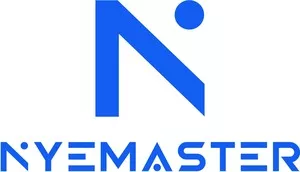InBridgestone Americas, Inc. v. Anderson, No. 22-1328, 2024 WL 1335165 (Iowa March 29, 2024), the Iowa Supreme Court resolved the uncertainty surrounding the method of compensation for a shoulder injury (new to the schedule in 2017), when it occurs with any other scheduled member injury, from the same incident.
In this case, a worker sustained a right shoulder and a right arm injury and argued his injuries should be compensated industrially under Iowa Code § 85.34(2)(v), the work comp "catch-all" provision. The employer argued the injuries should be compensated as two separate injuries under the scheduled member provisions. (§ 85.34(2)(m)&(n)). The agency and the District Court held the injuries should be compensated industrially, which was consistent with most agency law since the 2017 statutory amendments.
The Iowa Supreme Court reversed. The Court found that under the plain language of §85.34(2)(v), it only encompasses injuries "other than those . . . described or referred to" in the schedule. Since the injuries here were to the shoulder and arm, which are specifically identified in the schedule, they found those are not injuries "other than those described" in the schedule, and should not be compensated industrially under the catch-all provision.
The Court addressed the employee's claim that this interpretation would leave paragraph (v) with no meaning. Here, the Court stated they have simply clarified §85.34(2)(v)'s outer boundaries:
And so, paragraph (v) generally doesn't apply to injuries to fingers, arms, hands, shoulders, or other parts "described or referred to" in the schedule.
It should be noted that Iowa Code §85.34(2)(t) was not affected by the Court's ruling and does not apply when a shoulder injury is involved.
The Court's holding resolves this important issue that has been debated for several years, and should simplify litigation involving shoulder injuries. While this may seem like a win for employers, the shoulder schedule still provides for compensation out of a generous 400 weeks.
The content of this article is intended to provide a general guide to the subject matter. Specialist advice should be sought about your specific circumstances.


